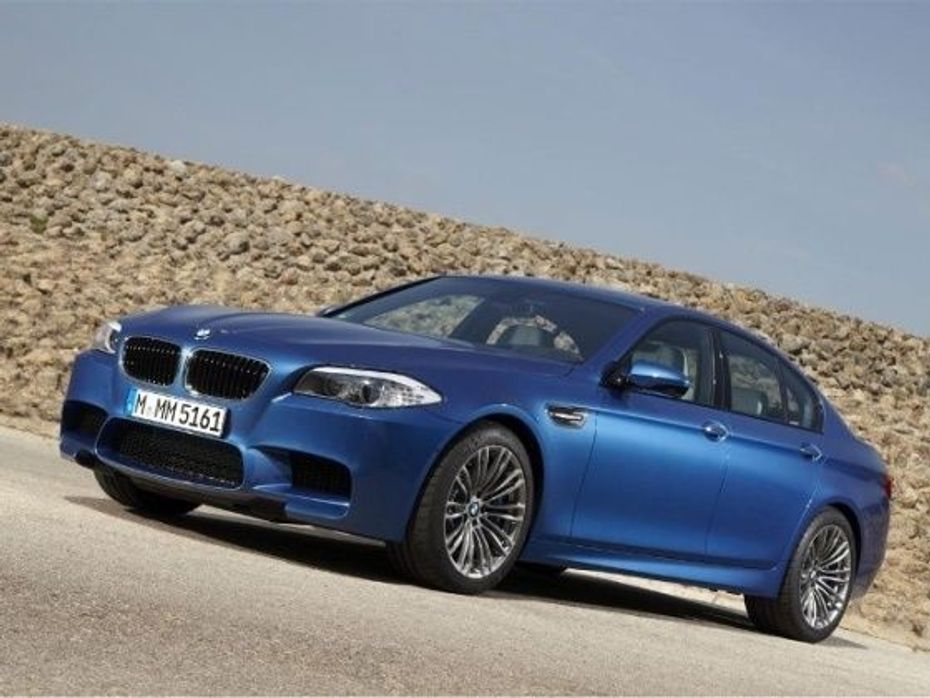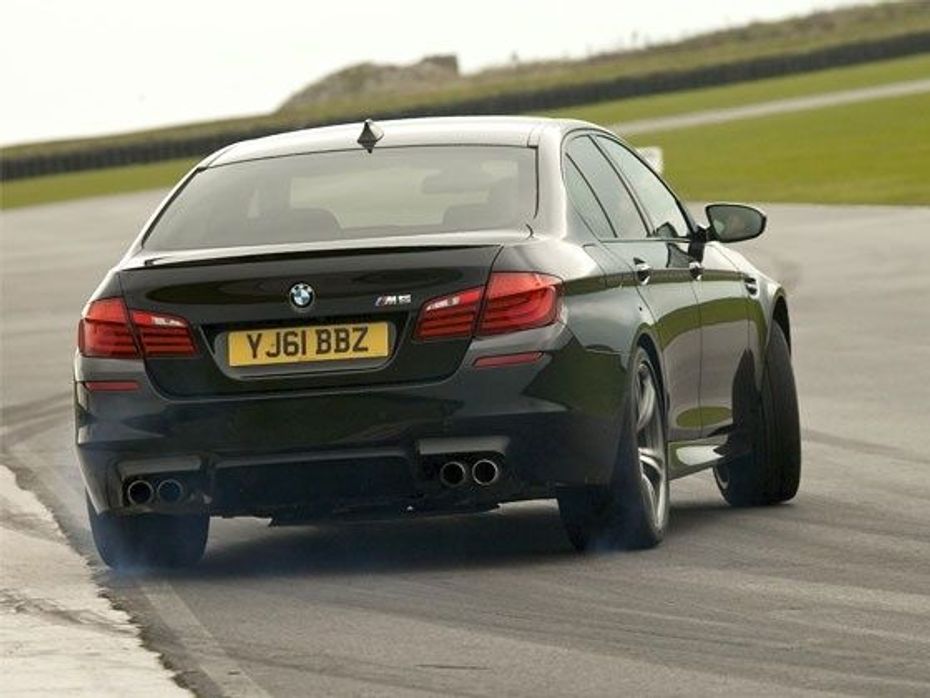
BMW Has Commenced Bookings For The Upcoming i5 Luxury EV
- Apr 4, 2024
- Views : 1387


BMW’s fifth generation M5 is built out from materials containing high tensile, ultra high tensile steel and aluminium to keep its weight down while ensuring extraordinary structural rigidity for safety and maintaining consistent drive dynamics under dynamic driving conditions. The doors, bonnet and front side sections made from aluminium.
The chassis components have evolved from years of motorsport development to endure the most demanding driving conditions. Lightweight axle links, wheel carriers with high strength panels for axle mounts provide seamless dynamics even at the edge of the vehicle’s performance.
Electronics play a key role in giving the F10 BMW M5 its dynamic edge with Dynamic Damper Control, Dynamic Stability Control (DSC), Cornering Brake Control (CBC), FlexRay high speed data transfer technology and a host of other electronic features. While DSC can be switched off by the driver for pulling off power slides, the vehicle’s anti-lock braking system stays on at all times to help bring the vehicle in over the edge driving conditions to a controlled halt.
The Dynamic Damper Control uses electrohydraulic damping force by electronically controlling valves inside the dampers to react to vertical movements within fractions of a second to provide different levels of absorbing bumps under different conditions. Under normal mode the dampers provide a more cushioning effect as compared to damping in Sport mode when the shock absorbers provide a more rigid ride for dynamic handling.

The FlexRay system constantly monitors feedback from sensors connected to the DSC to monitor traction levels. This information is then used to calculate the locking force (between 0 and 100 per cent) to be applied to each rear wheel via the electronic multi-plate limited slip differential.
The Active M differential’s control unit monitors the position of the accelerator pedal, rotational speed of the wheels and the car’s yaw rate and a probable loss of traction is identified at an early stage. This helps deliver the precise amount of lock to the rear differential required, helping keep the car steady under high speed cornering.
To rein in all the power from the 4.4-litre twin turbocharged V8 BMW’s M division has equipped the M5 with compound construction perforated disc brakes with six-piston fixed callipers that resist fading even under heavy braking. There is also a set of single piston floating calliper brakes at the rear wheels that are also used by the electronic parking brake.
The combination of electronics and hardware in the fifth generation BMW M5 allows it to perform in seamless harmony at the dynamic edge. The new car like its predecessors delivers performance that the competition has been trying to match since the first M5 was launched in 1985.

BMW Has Commenced Bookings For The Upcoming i5 Luxury EV

BMW i5 M60 XDrive: Bimmer’s First Performance EV Launched In...

BMW iX xDrive50 Launched: Big Range Improvement For Relatively Modest...

Maruti Suzuki Rock N Road: Redefining the SUV Experience

Bosch Car Service: Your Trusted One-stop Destination for Car...

3 New Major Design Details Mahindra XUV 3XO Will Pack Over...

You Can Now Name Skoda India’s Upcoming Sub-4 Metre SUV

Tata Curvv: A Much Clearer Look At Its Interior Ahead Of Its Unveiling

This Tata Car Has Been Announced As The Official Car For IPL 2024

Ford Endeavour And Ranger India Launch Possible WITHOUT Expensive...
India's largest automotive community